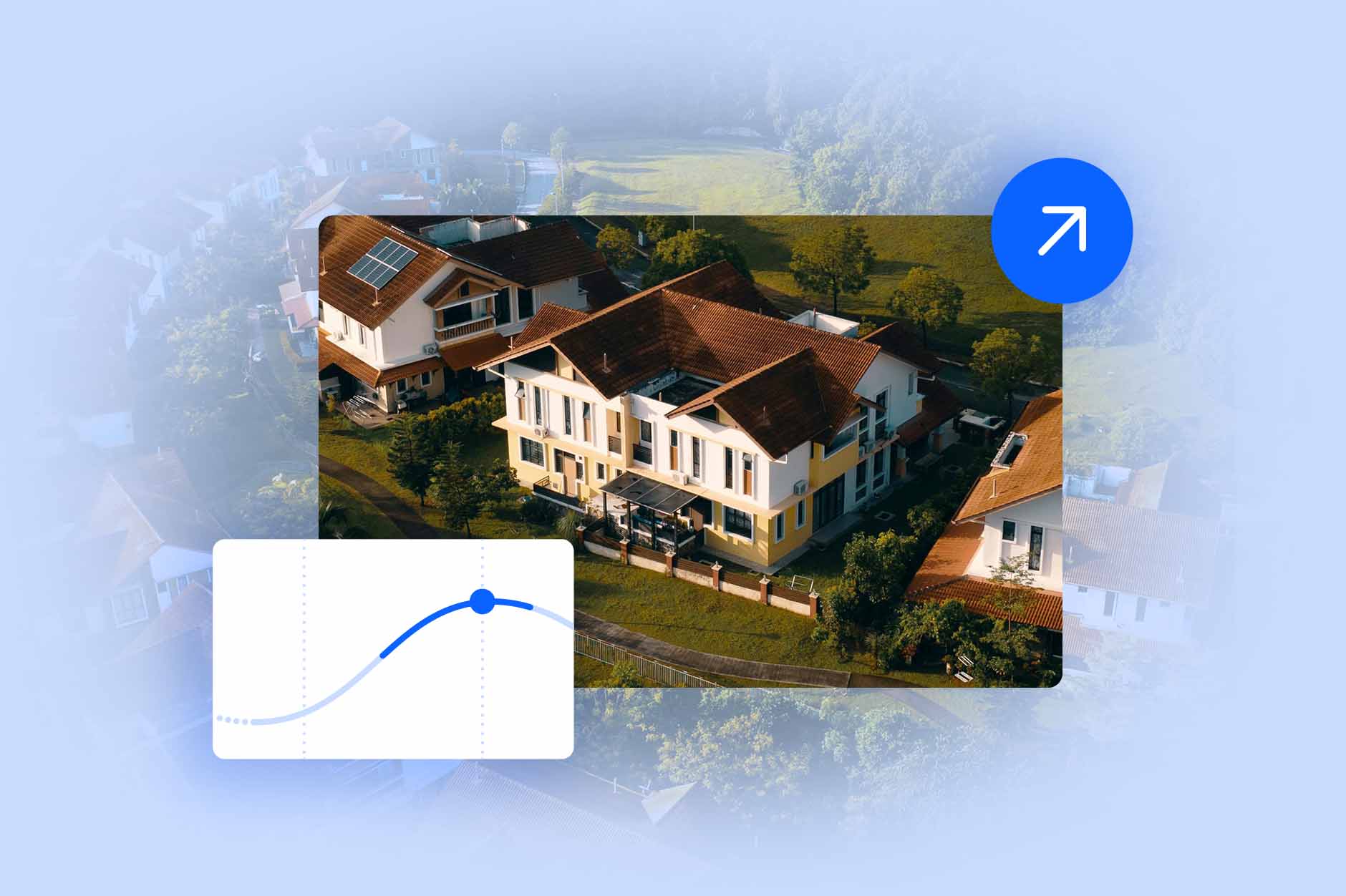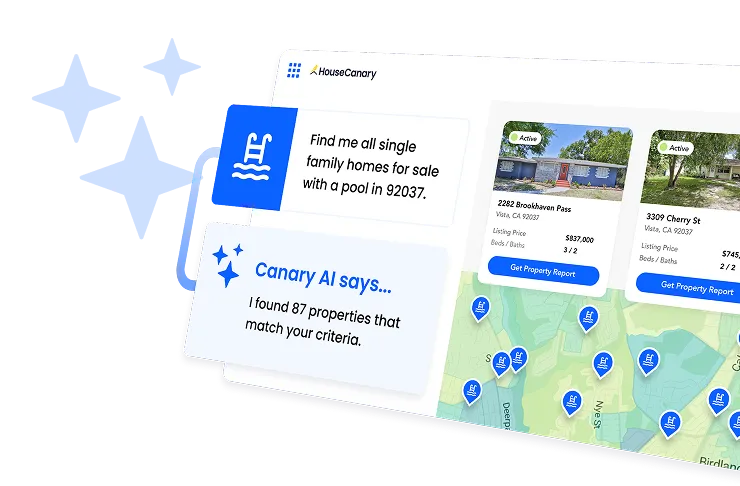
We recently analyzed five “hidden” factors that influence a home’s value, and privacy was one of them. But how can you quantify how private a home is (or isn’t)? HouseCanary created the privacy score to show on an aggregated scale whether a home has nearby neighbors, is part of someone else’s view from the back deck, or includes another factor that influences a single home’s privacy compared to other homes in the neighborhood. And we found that the privacy score’s influence on a home’s value can vary widely depending on the market.
What’s a privacy score?
The privacy score takes a number of different factors into account, including:
- Backyard exposure to neighbors — how much of the home’s backyard is part of a neighbor’s scenic view, and how much is not visible to any neighbors
- Distance of the home from nearest neighbors
- Home density in the area — how many homes are typical per square mile
Through these factors, the privacy score gives us an idea of how private an individual home is as well as how it compares to other homes nearby.
How much does it matter?
In 1,089 of the 1,836 counties we studied, homes with higher privacy scores also have higher values. In general, the relationship between the price and privacy score was positive — in other words, the higher the privacy score, the higher the price.
But there are always some instances where other factors are going to have a heavier influence on the home’s value than the privacy score. The view from the home is an excellent example of a dominant factor influencing home value — many buyers are willing to sacrifice some privacy for a killer view of a lake, mountain range, cityscape, or other desirable visual feature in the marketplace.
Rural areas in particular seem to place heavy value on a home’s privacy, but that doesn’t always hold true; homebuyers in Dallas want privacy, but in counties surrounding Dallas, a lower privacy score might generate a higher home value — perhaps because privacy is abundant in those areas, and homeowners are less willing to pay a premium for it.
Learn more about hidden factors that influence home value.














.jpeg)








